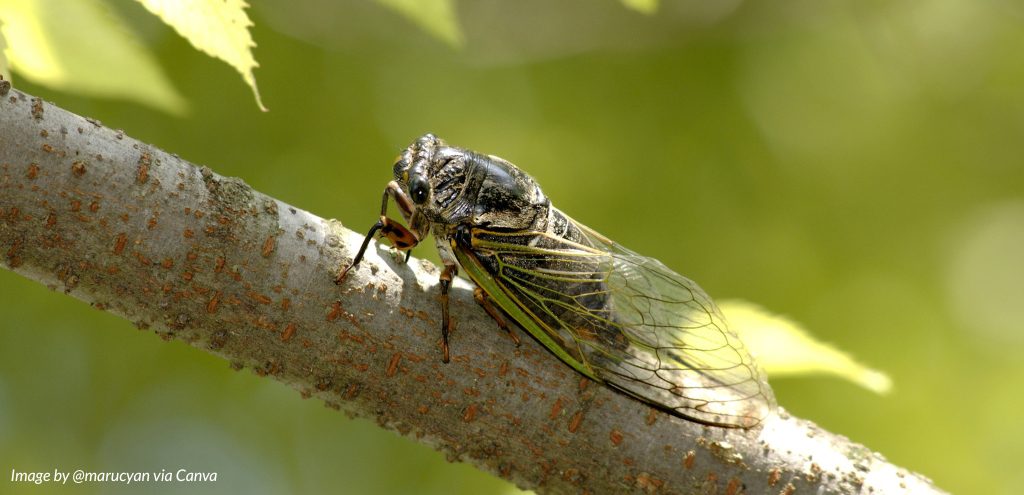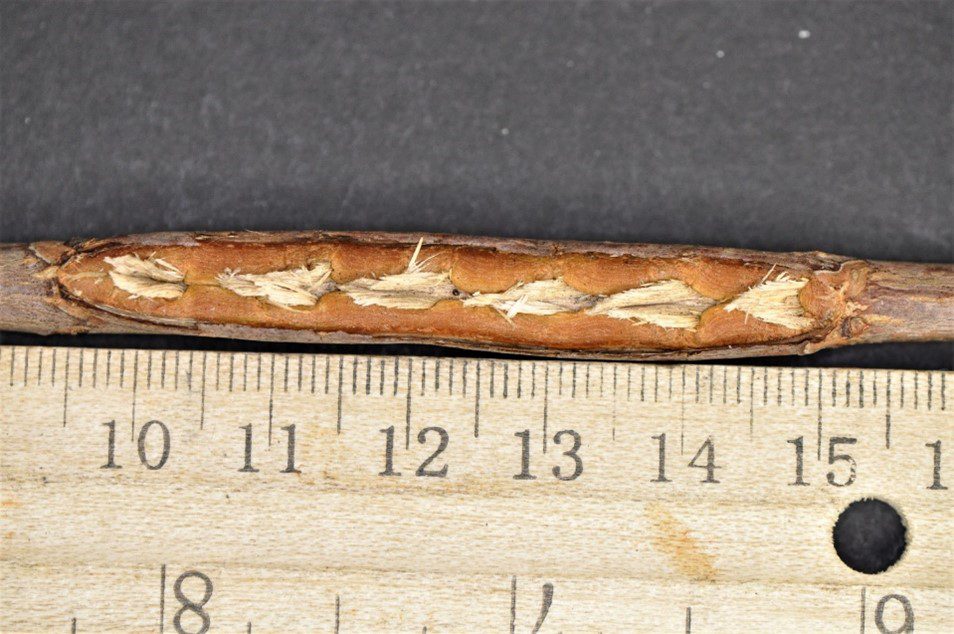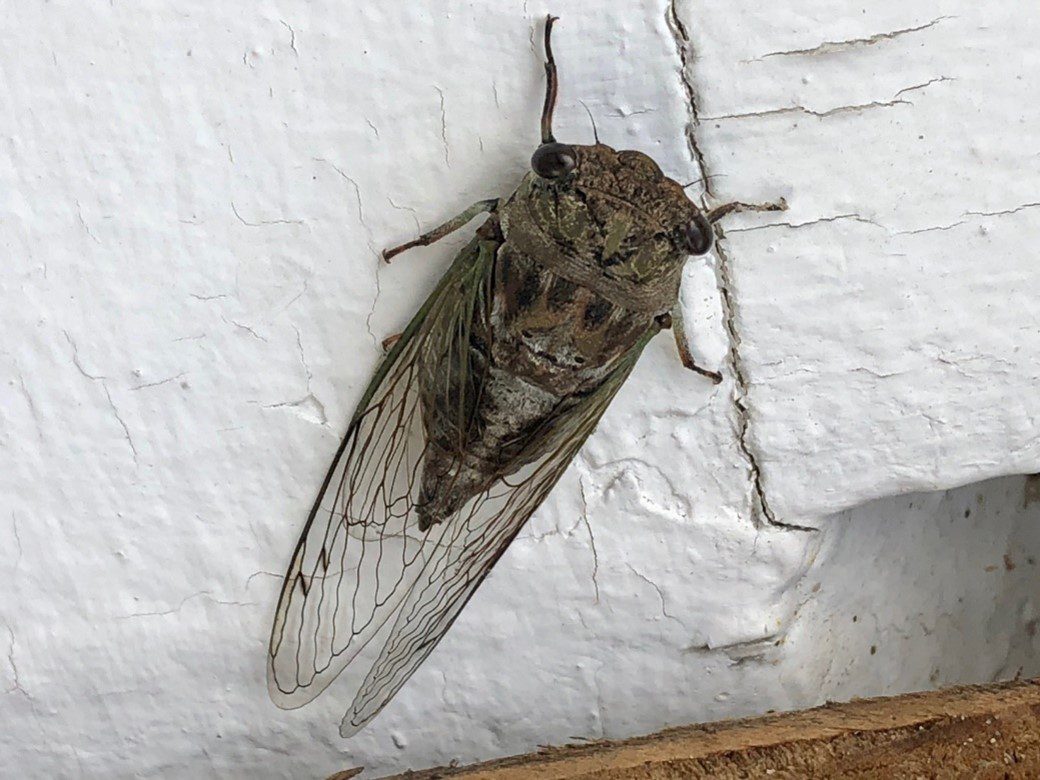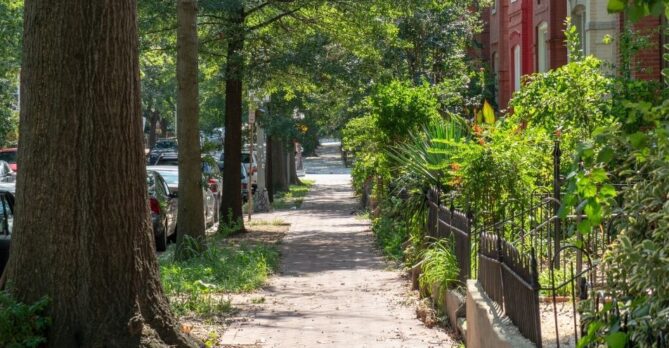
This article was originally published in 2024 and has since been updated to reflect 2025’s periodical cicada emergence.
If you were living in or visiting the DC area back in the spring or summer of 2021, you probably remember the scene. What began as a typical enough April soon turned into a nightmare for some and an ecological dream for others (myself included). I’m talking of course about the emergence of the Brood X cicadas, otherwise known as the Great Eastern Brood.
For a few months, many states across the eastern half of the US experienced the arrival of billions of adult cicadas in a synchronized emergence that is undoubtedly one of nature’s coolest phenomena. They crawled out of the ground, molted, mated, laid eggs, and just like that, their 17-year book came to a close.
Even though Brood X’s time in the spotlight was fleeting, the damage that the adult females caused to small twigs and branches through the process of egg-laying (referred to as ‘oviposition’) can still be seen today.

By now you might be wondering, why are we talking about periodical cicadas? Hasn’t it only been four years? In my role with the Bartlett Tree Research Laboratories, I am regularly fielding all sorts of tree, insect, and disease questions from the public and practitioners. This season, one of the most common questions I’ve gotten is about cicadas — when are they coming and what should we do to prepare?
The periodical cicadas are in fact coming, and in larger numbers than in 2021 (if you can believe it). Fortunately for many concerned residents in the District, however, they won’t be making an appearance in this part of the world. Instead, pockets of land from northern Georgia to Cape Cod will experience Brood XIV’s emergence after 17 years with its largest concentration in Kentucky and Tennessee. As the second largest periodical cicada brood, it is bigger than our familiar Brood X, making this year’s group, in essence, the Great(er) Eastern Brood. Unlike last year’s rare co-emergence of Broods XIII and XIX, however, Brood XIV will be the only periodical star of the 2025 cicada spectacular — no need to share the spotlight this time.
So, when will the nation’s capital buzz again like it did in 2021? Cicada enthusiasts will unfortunately have to wait until 2038 for the next truly large brood to return to the DC area when Brood X emerges after its 17 years underground.

Does this mean we should expect a cicada-free summer then? No way! While periodical cicadas steal the show every 13-17 years, annual cicadas (often referred to as dog-day cicadas due to their arrival coinciding with the star Sirius being present at sunrise) can be seen and heard every summer. Although they look and behave similarly to their periodical cousins, they are green and black in color as adults. And as opposed to large broods of periodical cicadas, they will not be in numbers large enough to warrant netting of young trees or any tree protection. Sometimes, the best strategy for protection is letting nature run its course.
And remember, cicadas can also benefit trees throughout their lifecycles. Beneath a tree, cicada larvae dig tunnels throughout the ground, aerating the soil. At the end of their lives, the decomposing bodies of the adult cicadas trap nutrients close to the tree’s roots and act as a fertilizer. However, at the same time, these nutrients will feed the new generation of cicadas developing underground, and that process can slow tree growth by up to 30%.
Whether periodical or annual, cicadas are a great example of the interesting bugs you can find in your own backyard if you know where to look!




